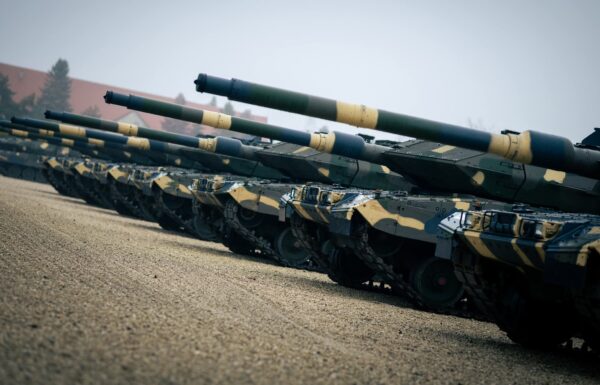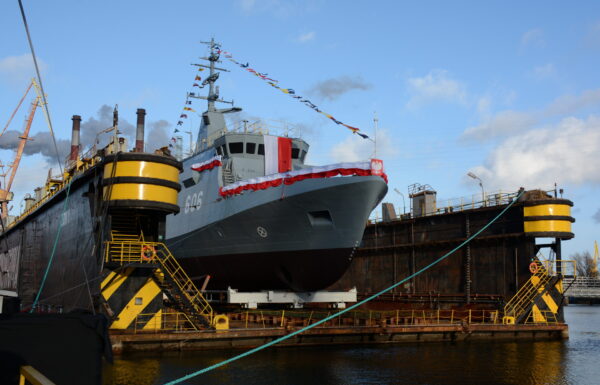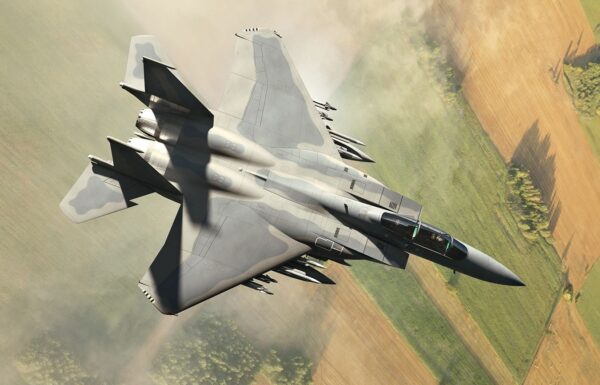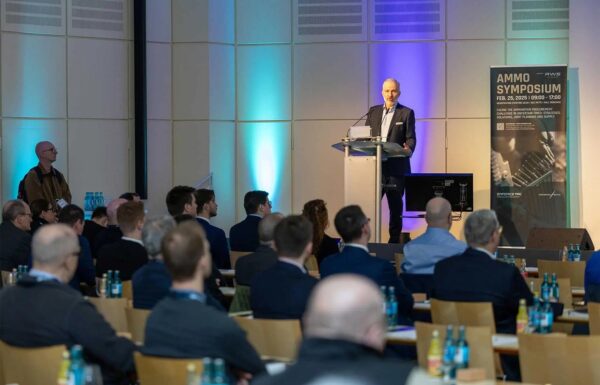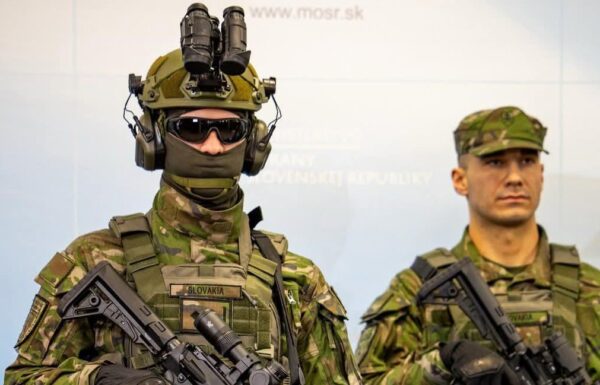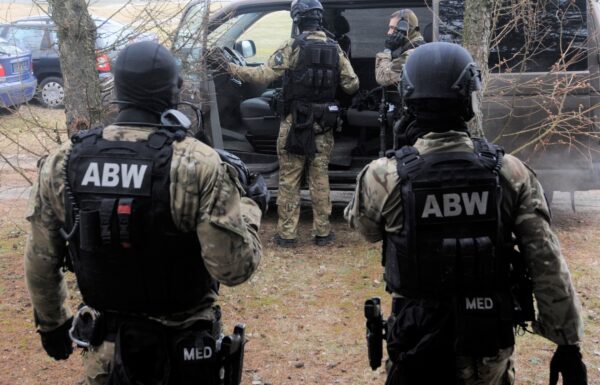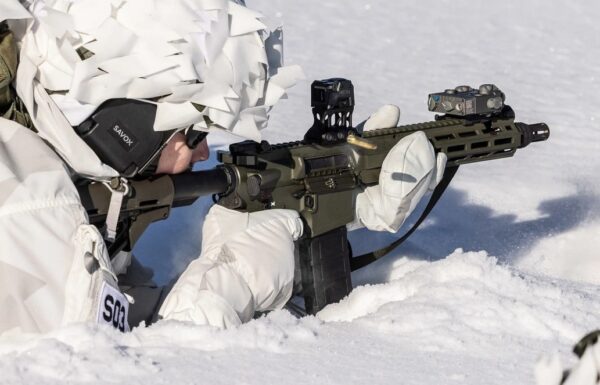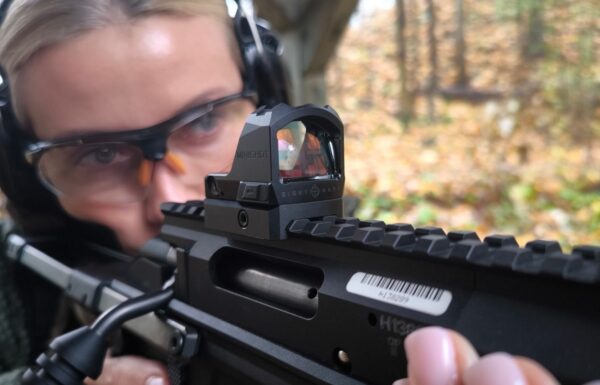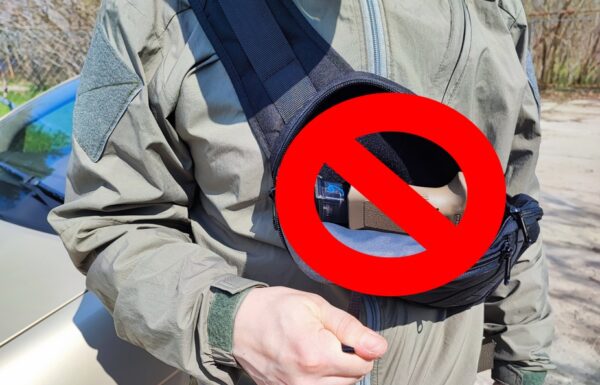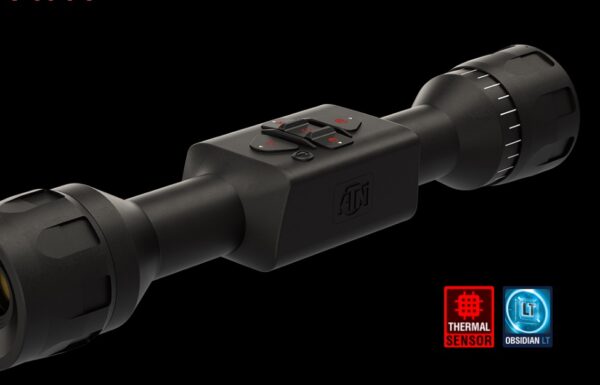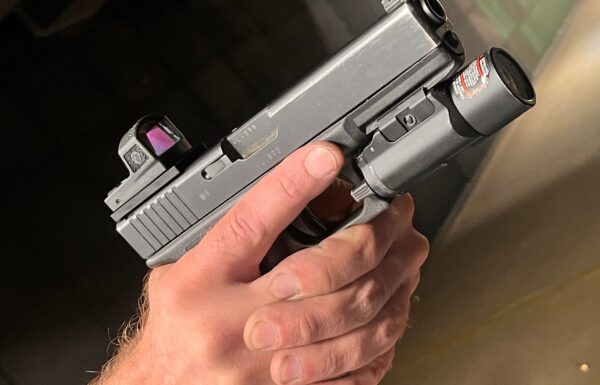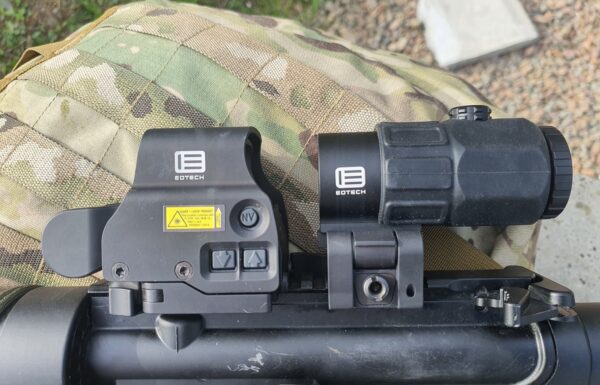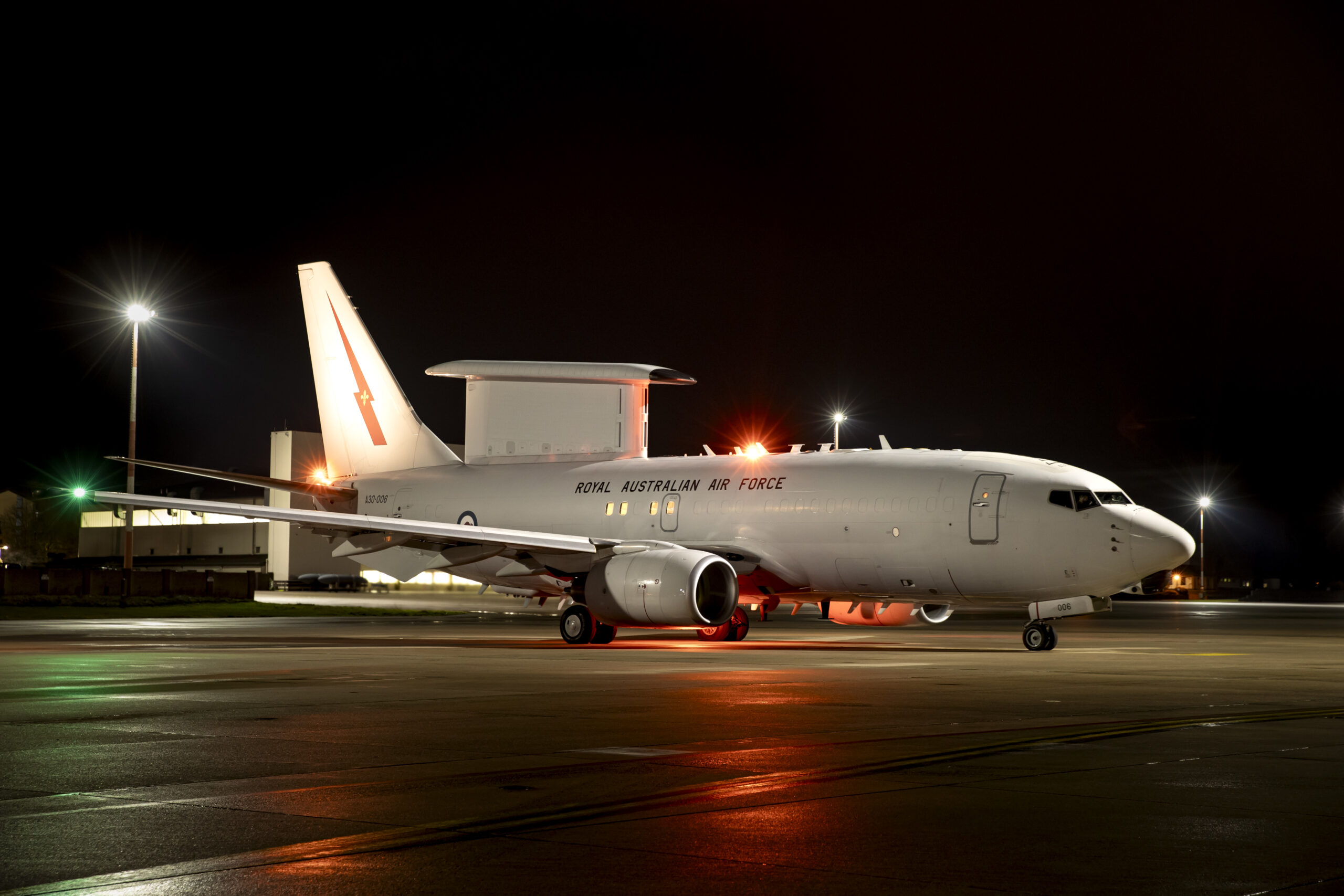On Tuesday, April 2nd, the Australian Department of Defence announced that this week will mark the end of the six-month mission of the Boeing E-7A Wedgetail airborne early warning and control aircraft in Europe. The Royal Australian Air Force (RAAF) aircraft, along with its crew and ground personnel totaling approximately 100 individuals, has been stationed at Ramstein Air Base in Germany since October 2023 as part of Operation Kudu. The announcement of this move was made as early as July 10 of last year.
The E-7A aircraft supported international efforts aimed at providing early warning capabilities for potential aerial and missile threats from Russia outside the territory of Ukraine. The E-7A Wedgetail flew approximately 250 hours, with missions lasting an average of 5 hours each. Operational flights commenced at the end of October 2023.
The Chief of Joint Operations of the RAAF, General Greg Bilton, praised the work of the Australian Defence Force (ADF) personnel in supporting the protection of a key hub for international humanitarian and military aid to Ukraine.
The deployment was a tangible demonstration of Australia’s commitment to supporting our partners in maintaining the global rules-based order, said General Bilton.
The Commander of the RAAF, Air Marshal Robert Chipman, stated that the E-7A Wedgetail is one of the most advanced airborne early warning systems in the world and is well suited for the task of supporting a key hub that is Poland.
Thank you @AusAirForce for your great support! Your help has been invaluable. We look forward to seeing you. #StrongerTogether https://t.co/5N58cA2bAQ
— Sztab Generalny WP (@SztabGenWP) April 2, 2024
I commend our people on their hard work and commitment, channelling our ethos of being a ready, resilient and resourceful force, Air Marshal Robert Chipman said. I wish all our returning personnel a safe journey home and an enjoyable time reconnecting with family and friends.
Australian military assistance to Ukraine will continue as part of the expanded training element of Operation Kudu, which involves up to 90 personnel providing necessary training to Ukrainian Armed Forces personnel in the United Kingdom throughout 2024.
E-7A Wedgetail
The RAAF operates a total of six E-7A Wedgetail aircraft. Additionally, they are also in service with the South Korean Air Force (4 units known as Peace Eye; plans include purchasing 2 more) and Turkey (4 units known as Peace Eagle). Soon, they will be joined by the United Kingdom (5 units, designated as Wedgetail AEW1), the United States (eventually around 30 units), and NATO as part of the Alliance Future Surveillance and Control (AFSC) program (initially 6 units, with 14 E-3A Sentry AWACS aircraft to be replaced).
The E-7A, or more precisely Boeing 737 AEW&C with a configuration similar to the 737-700ER, is equipped with a Multi-role Electronically Scanned Array (MESA) radar, operating in the L-band, which detects objects up to 600 km away (flying at high altitudes) and up to 370 km away (low-flying, less easily detectable aircraft). It can track up to 180 targets simultaneously, guiding other aircraft to intercept 24 of them. The radar can also detect surface targets the size of a missile frigate from over 240 km away. In electronic intelligence (ELectronic INTelligence, ELINT) mode, the E-7A has an effective range of over 850 km, operating at an altitude of 9000 m. The radar was designed by Northrop Grumman.


